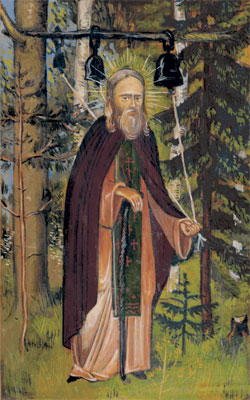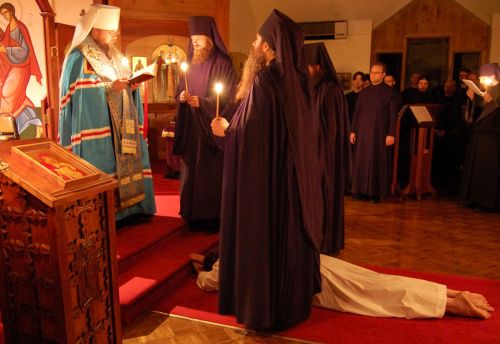The height and breadth of North America takes away one’s breath, when one considers it all. Even more breathtaking is the breadth of places where Orthodox monasticism is taking root.
Below is my proposed itinerary, to give you an idea of the many monasteries planted across the USA and Canada, from Florida and the Gulf of Mexico to the Gulf of Alaska, and from the Atlantic to the Pacific Oceans.
Someone recently asked me if I will be “following the seasons.” Great question, and I certainly am! I plan to include Alberta, Canada and Alaska in the Summer months, the Southwest and Southeast in the Winter, and so forth.
There are already changes being made — including additions and deletions — and some sections will be broken up into several excursions. But the general idea is here.
I hope also to schedule parish presentations along the way, and am already off to a good start in that regard, as you can see from the Thebaid Calendar in the right side bar. If you are interested in having me give a slide show & presentation on the Thebaid Project at your parish, please contact Orthodox Speakers Bureau, who are kindly handling all my booking arrangements.
I hope you enjoy this look at one of the guiding documents of the Thebaid Project, which has been updated several times since I first began preparing it almost a year ago.
Northeast: PA/NY/Nova Scotia/Ontario:
1. Monastery of the Transfiguration (OCA), Ellwood City PA; ~ 310 mi, 5 hrs, from Cincinnati
2. Nativity of the Theotokos (GOA), Saxonburg PA; ~ 40 mi, 50 min, from #1
3. St Tikhon of Zadonsk Monastery (OCA), Waymart PA; ~ 300 mi, 5 hrs, from #2
4. New Diveyevo Monastery (ROCOR), Nanuet NY; ~ 110 mi, 2 hrs from #3
5. Holy Myrrhbearers Monastery (OCA), Otego NY; ~ 140 mi, 2.5 hrs, from #4
6. Holy Trinity Monastery (ROCOR), Jordanville NY; ~45 mi, 1 hour from #5
7. New Skete (OCA), Cambridge NY; ~ 95 mi, 2 hrs from #6
8. Hermitage of the Annunciation (OCA), Watford, Nova Scotia, Canada; ~ 660 mi, 13 hrs from #7
9. Hermitage of St Anthony the Great (OCA), Westport, Ontario, Canada; ~ 1020 mi, 16 hours from #8
11. St Kosmas Aitolos Monastery (GOA), Bolton, Ont. CA; ~ 211 mi, 3.5 hrs from #10
TOTAL MILES: ~ 2800 mi. one-way











